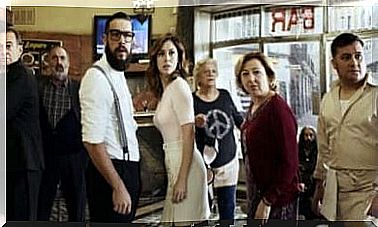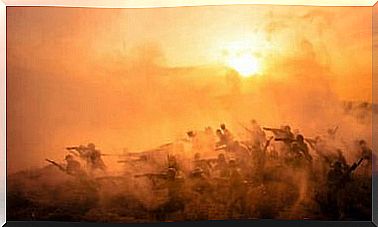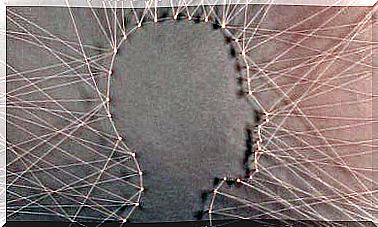Working Memory – The Warehouse That Never Stops
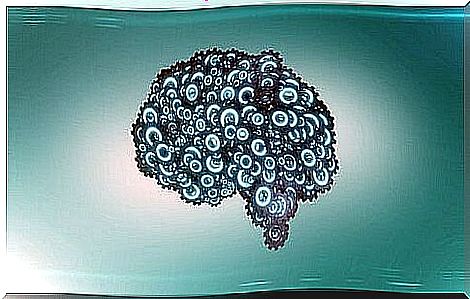
We all use our working memory in all types of activities and daily tasks. When we calculate how much what we buy in the store will cost and when we write notes. When we try to calculate the percentage of something or when we have a conversation. All these tasks use our working memory. Because of this, the success of these tasks depends on how well our working memory works.
Working memory, also called operating memory , is a type of short-term memory that is responsible for storing and temporarily handling information. It is a type of memory that retains certain information present in the brain and at the same time performs complex cognitive tasks. We can call it the operating room in the brain – it holds both the patient and the surgeon. Logically, the result depends on how you perform two processes simultaneously.
What are the main characteristics of working memory?
The main characteristics of working memory are:
- It has limited capacity (between 5 to 9 things)
- It is very active – it trades and changes information
- It updates its content all the time
- It works very closely with long-term memory. It can work with content stored in this type of memory and at the same time with content stored in the short-term memory.

The importance of working memory
Have you ever tried to say a phone number out loud and when it comes to calling it 10 seconds later you can not remember it? This is when we discover the relevance of our working memory in our everyday lives. We can also see how important it is to train it and keep it in shape.
Working memory is fundamental in the decision-making process and for the proper functioning of leading functions. This is especially the case when there is a strong need for attention and to plan actions. Its interference in the understanding of oral and written language is due to the fact that it can keep each word active, recognize it and analyze it. Deb can also compare it with other words and combine it with information stored in other types of memory. Or with information that comes through our senses in that moment.
Working memory is the engine of our knowledge and thinking. Because of this, it is essential in mental tasks such as mathematics, completely logical thinking and perceptual-motor control. It is also associated with different types of learning, such as reading and learning math. A person with a brain injury associated with memory problems may not be able to define a word or decide if two words have the same phonetics.
Is short-term memory the same as working memory?
Short-term memory allows you to keep a limited amount of information for a short period of time. It is considered a “passive warehouse”, which is limited in both capacity and length. On the other hand, working memory allows us to perform conscious cognitive processes that require attention, retrospect, action, organization, and establishing connections with long-term memory.
Despite this clear conceptual difference, there is a debate about whether working memory is the same as short-term memory. On the one hand, a large proportion of researchers say that these two “bearings” are a single temporary storage system in themselves, or that they become one. They allow the brain to work with information to solve or perform complex cognitive tasks.
However, the extreme opposite is that some authors believe that both systems are different and perform different tasks. According to them, short-term memory only involves storage. Working memory involves processing, storage and action.
How working memory works: the multiple model
To explain how it works, Baddeley and Hitch proposed a unique model that divided working memory into 4 parts:
1. Central executive: This section has the responsibility to supervise, control and coordinate all other systems. It is not included in stock statements. It is seen as a guidance system that allows attention to focus on change (selective attention).
2. Phonological loop: This allows us to achieve a vocabulary. It is essential in the development of other intellectual abilities. It is divided into two systems: the passive phonological store, which maintains oral information, and the sub-verbal review. This “updates” and maintains that information.
3. visuospatial working memory: This allows us to see objects, find a house or play chess. It is also divided into two: the visual buffer and the inner writer , which have the same functions as the components of the phonological loop.
4. Episodic buffer: This allows the linking of information from the phonological loop and the visuo-spatial agenda, in addition to representing long-term memory.
Neuroanatomical structures involved in working memory
Working memory is not found in the exclusive part of the brain. It requires the activation of a specific neuronal circuit. It is initiated by the activation of the prefrontal cortex, the area of the brain involved in the planning of complex behavior, in the decision-making process and in the adaptation of social behavior to different situations.
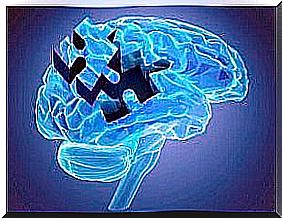
After it starts up, its operation is based on the interaction between the prefrontal cortex and different parts of the posterior cerebral cortex, in addition to the temporal lobe and the occipital.
- The temporal lobe allows us to store and process oral information in the short-term period (phonological loop activity).
- Occipital processes visible information (visuospatial agenda activity)
Our working memory is an active temporary storage. Due to working memory and its forces, we can understand language, read, perform mathematical calculations, learn and reason. Our memory is truly fascinating.
